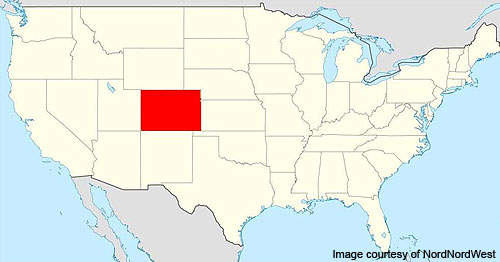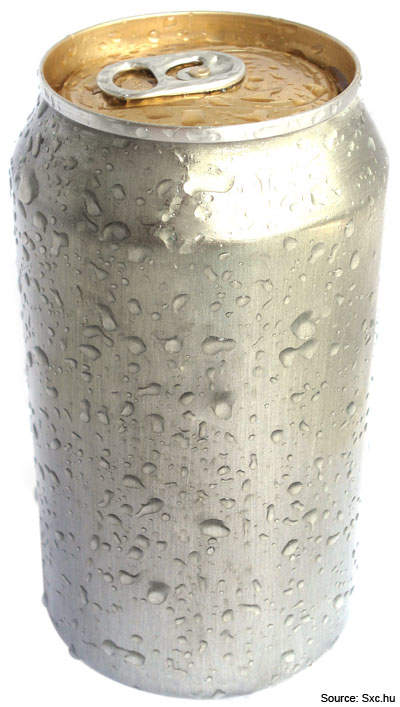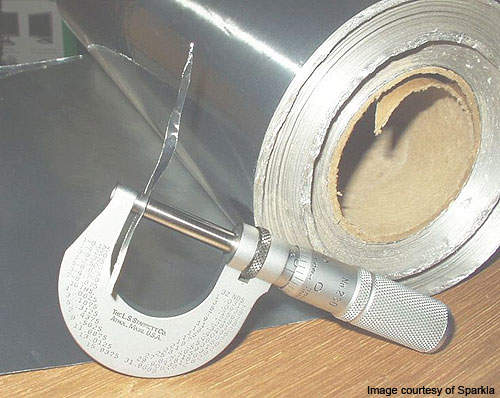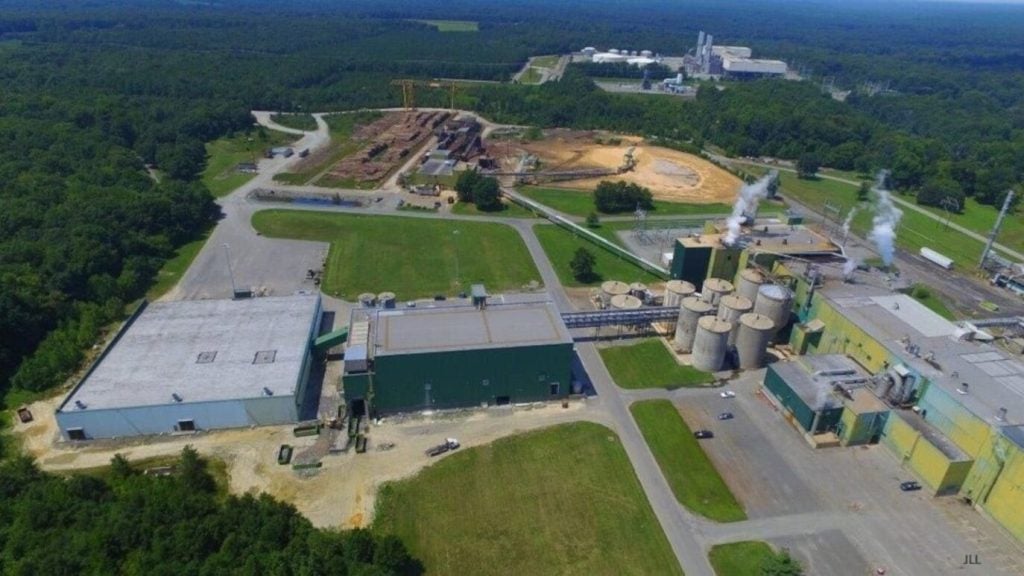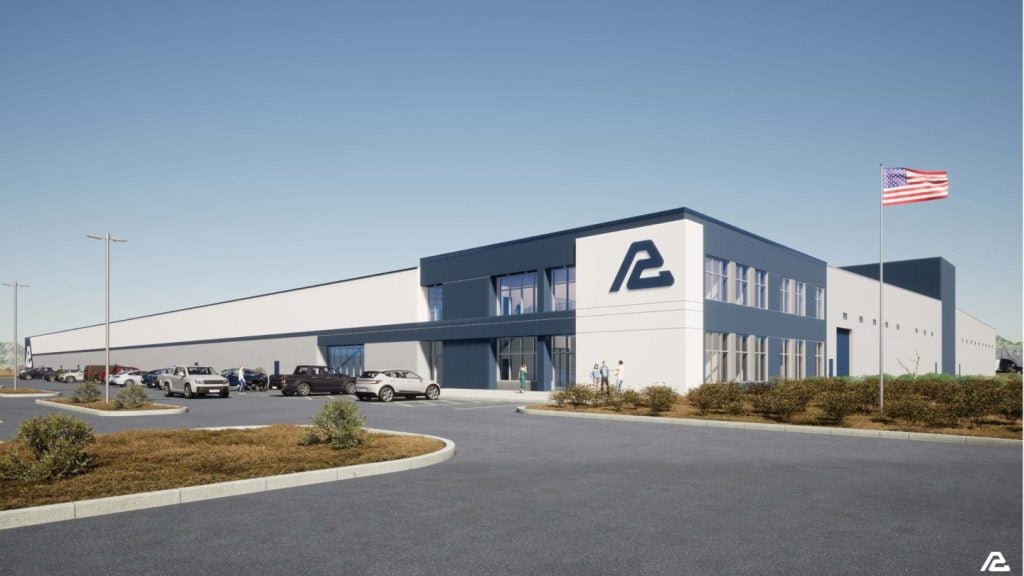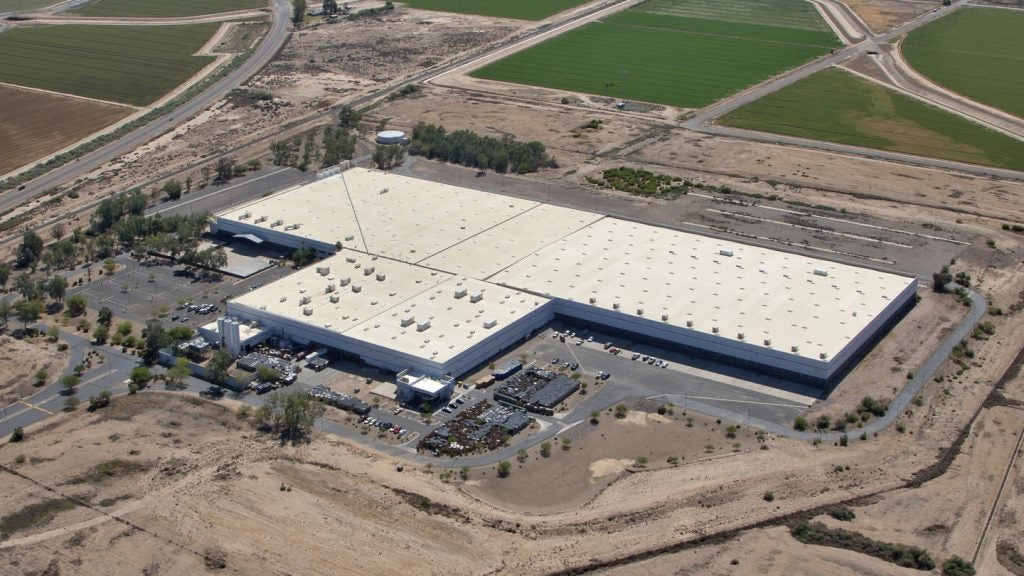Ball Corporation is a renowned manufacturer of metal and plastic beverage cans in North America. It produces cans in more than 20 sizes with innovative packaging solutions such as re-closable cans, enhanced graphics and Alumi-Tek bottles.
In October 2010, the company decided to expand the production of Alumi-Tek bottles. The company has chosen its production facility located in Denver, Colorado for the expansion. The facility will begin manufacturing the Alumi-Tek bottles from second quarter of 2011.
Available in 12oz and 16oz sizes, the bottles have become very popular among the customers as they offer a unique and innovative packaging solution. The end cap of the bottle can be opened and closed again any number of times until the product inside is completely consumed.
Spread over a 20 acre site, the plant produces aluminium and beverage cans and ends. It is Ball Corporation’s first metal beverage container plant. It was commissioned in 1962 under the name Jeffco Manufacturing Company.
The plant initially manufactured three-piece steel cans. During 1968 and 1975 the production lines were converted to manufacture lightweight, two-piece cans. Addition of the new production line for Alumi-Tek bottles will help utilise the existing space at the Golden facility.
Technology
Ball Corporation has been manufacturing Alumi-Tek bottles at its Monticello facility in Indiana since 2006 under a license agreement signed with Tokyo-based Universal Can Company (UCC). Ball Corporation was the first company to use this technology under license outside Japan.
The license agreement allows Ball Corporation to manufacture and sell the Alumi-Tek bottles in US, Canada and Mexico.
Alumi-Tek technology is similar to that used in two-piece can manufacturing. Ball Corporation will leverage the two-piece can manufacturing expertise to produce Alumi-Tek bottles at the Golden facility. It will also use the same printing and labelling process.
The technology provides benefits such as tamper resistance, superior shelf life, fast chilling and recyclability.
Process
The two-piece can manufacturing is done using an assembly line system. Aluminium coil rolls are first unwound in the un-coiler and fed into the lubricator for coating with a thin film of the lubricant.
The lubricated sheet is passed into the cupper where the sheet is cut into circular blanks to form cups, which are allowed to pass through a series of tooling dies that redraw and iron the cups into cans. The cans are trimmed at the open end to a uniform height and conveyed on to the washer/oven for washing, rinsing and drying for internal coatings and labelling.
After the cleansing process, the cans are conveyed on to the base-coaters for application of a basecoat on the exteriors of the can. The base colour facilitates further printing on the cans. The coated cans are cured in the oven at a set temperature and sent for labelling.
Labels are printed outside the can using up to six colours of ink and then a thin coat of lacquer is applied on the entire label to protect it from damage. Lacquer is also applied at the rim at the bottom of the can to protect the aluminium.
The cans are once again cured in the deco oven to dry the inks and coatings at set temperatures. To avoid food contamination, a thin layer of lacquer is sprayed inside the cans as well and the cans are once again cured in the oven.
The cured cans are fed into a waxer for thin lubricant external coating on the edges to facilitate necking. A die Necker sizes up the can opening as per the final design specifications.
The cans are flanged to create an opening for filling purposes and conveyed on to a reformer where either the outer or the inner part of the can is reformed. The outer part of the can is generally reformed for 202 stacking and the inner part for can strengthening.
The cans are finally sent for testing. The tester checks the cans for any possible defects such as pinholes while contamination is detected with the help of a camera.
The tested cans are placed on a palletiser which has 21 layers and space for keeping 389 cans in each layer. These cans are then transported to the customer’s site for filling and attachment of the ends. Thereafter the product is dispatched for distribution in the market.

